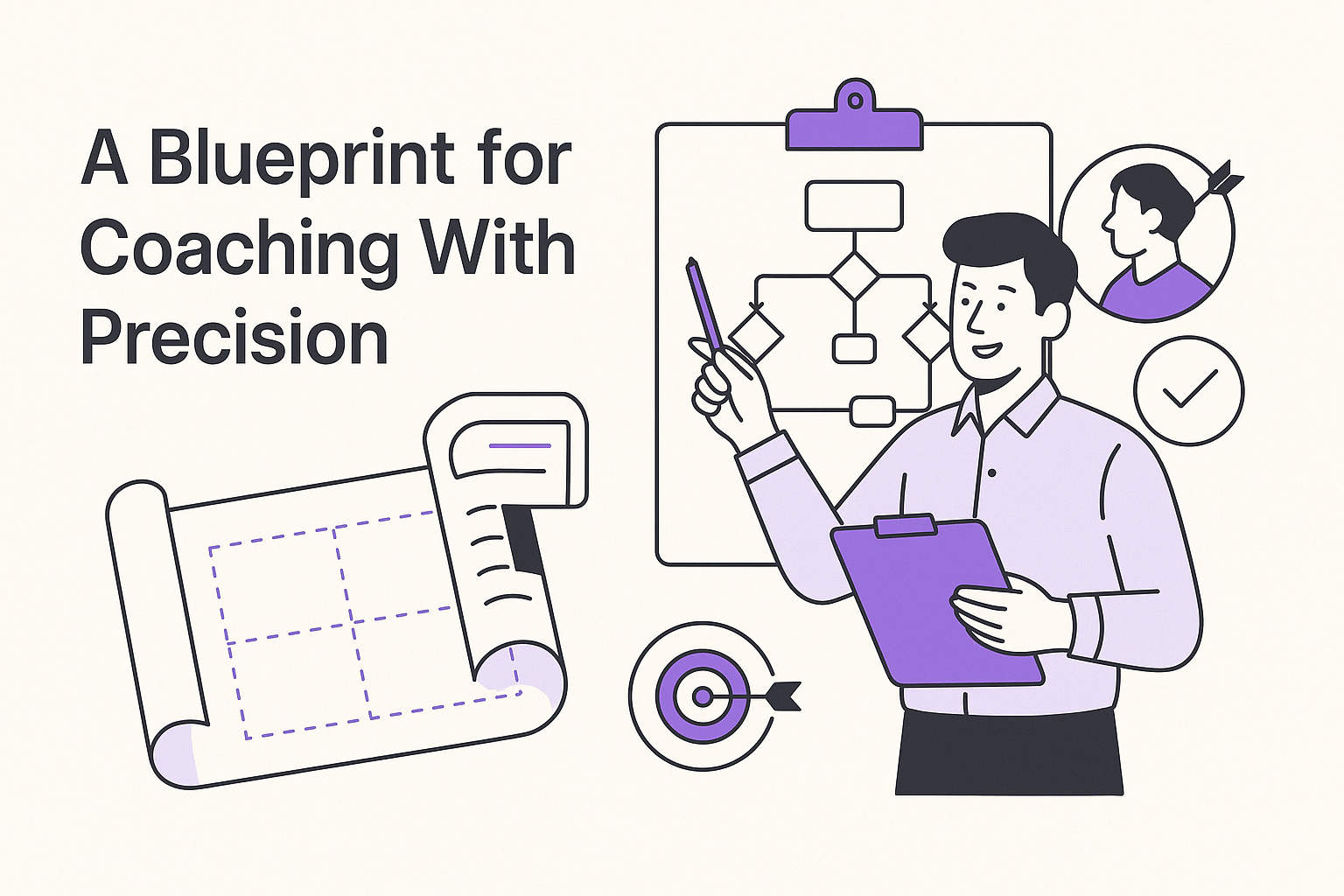Instructional Design Learning Theories: Key Concepts
-
Hello Insight
- 10 min read
Learning Theory Frameworks in instructional design serve as essential building blocks for creating effective educational experiences. These frameworks not only guide the development of curriculum but also influence how learners engage with content. Understanding these frameworks allows instructional designers to tailor their approaches, ensuring that learning environments cater to various learning styles and needs.
By applying different learning theories, such as constructivism and behaviorism, designers can create engaging and meaningful instructional materials. This enables learners to acquire knowledge more effectively while facilitating opportunities for practical application. Embracing a solid foundation in Learning Theory Frameworks can enhance the overall quality of educational programs, ultimately leading to improved learner outcomes.
The Role of Learning Theory Frameworks
Learning Theory Frameworks play a crucial role in instructional design, guiding the development of effective teaching strategies. These frameworks provide educators with a structured approach to understanding how learners acquire knowledge, fostering better engagement and retention. By applying these theories, instructional designers can tailor their methods to meet diverse learner needs, ensuring that content is accessible and relevant.
For a comprehensive understanding, it's beneficial to consider a few key elements of Learning Theory Frameworks. First, they promote clarity in objectives, helping educators define what learners should achieve by the end of an instruction. Second, they facilitate the selection of appropriate instructional methods, including active learning and collaboration. Lastly, they emphasize the importance of assessment, allowing instructors to measure learner progress effectively. Each of these components enhances the overall learning experience, ensuring that educational efforts are both impactful and aligned with best practices.
Understanding Learning Theory Frameworks
Understanding Learning Theory Frameworks is crucial for effective instructional design. These frameworks provide a structured approach to understanding how people learn, guiding educators in developing teaching strategies that cater to diverse learning styles. By applying various learning theories, such as behaviorism, constructivism, and cognitivism, designers can create engaging learning experiences that address the needs of their audience.
To grasp learning theory frameworks fully, consider the following key concepts:
Behaviorism emphasizes observable behaviors and the responses to stimuli. This theory suggests that reinforcement and punishment shape learning.
Cognitivism focuses on the mental processes involved in learning. It recognizes that how learners process information is critical to their understanding and retention.
Constructivism posits that learners construct knowledge through experiences. This approach encourages active participation and collaboration among learners.
These frameworks not only enhance learning outcomes but also support continuous improvement in educational practices. Understanding how these theories interconnect fosters a more adaptive instructional design.
Application in Educational Settings
In educational settings, the application of learning theory frameworks helps inform teaching practices and curriculum design. By understanding different learning theories, educators can tailor their approaches to meet diverse learner needs and enhance engagement. For instance, constructivism emphasizes the importance of active involvement in the learning process, encouraging students to explore and collaborate with peers. This interactive approach can improve retention and understanding.
Additionally, behaviorism focuses on observable behaviors, guiding educators in implementing reinforcement strategies to motivate students. Using these frameworks effectively requires educators to assess their students' individual learning styles. Integrating multiple theories may foster a more inclusive environment. Educators can then create lessons that tap into both intrinsic and extrinsic motivations, thus enriching the educational experience. Ultimately, applying learning theory frameworks equips educators with the necessary tools to facilitate effective learning outcomes.
Key Learning Theory Frameworks in Instructional Design
Learning Theory Frameworks form the backbone of effective instructional design, guiding educators in creating engaging and effective learning experiences. By understanding these frameworks, designers can align their instructional methods with how people learn best. Each framework emphasizes different aspects of the learning process, highlighting factors such as motivation, cognition, and social interaction.
Several key frameworks often influence instructional design. Constructivism advocates for active learning through personal engagement and experience. Behaviorism focuses on observable behaviors, promoting reinforcement and repetition to ensure mastery of skills. Cognitivism emphasizes the mental processes involved in learning, suggesting ways to organize information for better retention. Additionally, humanistic approaches prioritize the learner's personal growth and emotional well-being. Grasping these frameworks empowers instructional designers to build more impactful and tailored educational experiences.
Behavioral Learning Theories
Behavioral learning theories focus on understanding how environmental factors influence learning behavior. These theories emphasize observable behaviors and the ways in which they can be conditioned or changed. Through reinforcement, either positive or negative, learners can be encouraged to repeat desired behaviors or discouraged from engaging in unwanted ones.
A foundational element of these theories is the concept of stimuli and responses. For instance, educators can utilize various reinforcement strategies to enhance student engagement. Techniques such as praise, rewards, and even corrective feedback can effectively shape learners' actions. Additionally, repetition plays a critical role in retention, as it increases the likelihood that behaviors will become ingrained through practice. Thus, integrating these behavioral strategies into instructional design can lead to a more effective learning experience.
Constructivist Learning Theories
Constructivist learning theories emphasize the importance of learners actively participating in the learning process. These theories suggest that knowledge is constructed through experiences, interactions, and reflections. Rather than absorbing information passively, learners engage in meaningful activities that shape their understanding and skills. This active involvement plays a crucial role in fostering deeper comprehension and facilitating retention of information.
The learning theory frameworks associated with constructivism highlight key principles. First, social interaction is essential; collaboration with peers enriches the learning environment. Second, learners bring unique perspectives based on their prior knowledge, influencing how they interpret new information. Third, real-world experiences help learners apply theoretical concepts, making learning relevant and practical. Lastly, self-directed learning encourages autonomy, allowing individuals to explore interests and take ownership of their educational journeys. Ultimately, constructivist theories position learners as central figures in their educational processes.
Conclusion: Integrating Learning Theory Frameworks in Instructional Design
Integrating Learning Theory Frameworks in instructional design involves understanding diverse approaches to how individuals acquire knowledge. By recognizing theories such as behaviorism, constructivism, and cognitivism, designers can tailor educational experiences to meet learners' unique needs. This integration facilitates the development of more engaging and effective learning environments, promoting better comprehension and retention of information.
Moreover, blending these frameworks allows educators to draw on their strengths and address various learning styles. It encourages the creation of adaptable instructional materials that cater to different preferences and contexts. Ultimately, this comprehensive approach enhances the quality of education, ensuring that instructional design aligns with the psychological principles behind learning.






